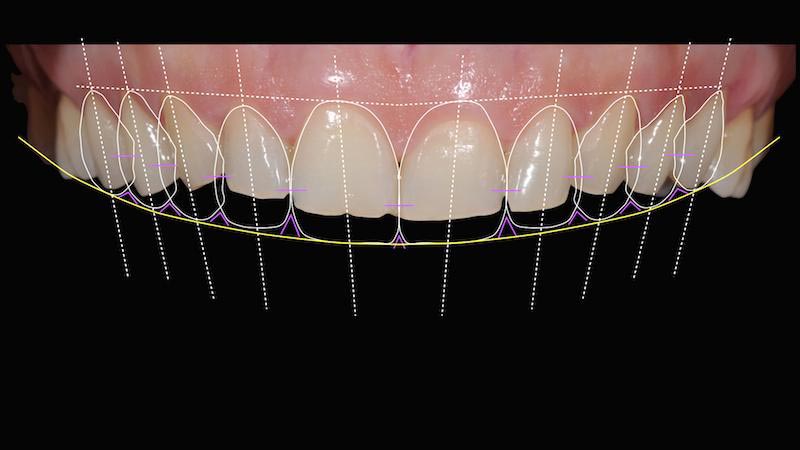

The priorities of preventive dentistry are implantation, aesthetic dental treatments, maxillofacial surgery, pedodontics (pediatric dentistry), periodontology (gum disease treatment), orthodontics (dental braces treatment), endodontics (root canal treatment) and dental radiology is the new generation dental clinic providing services
We regularly follow modern dentistry approaches in the international arena and believe that education is lifelong.
Whitening in Our Clinic
It is a whitening technique performed in the dentist's office using a special light source. It is a process that takes about 60 minutes or 90 minutes. In this technique, the type and concentration of the gel used affects the result and success of the treatment. After the treatment, a slight sensitivity may occur in the teeth. This situation disappears in about 1 - 2 days. In some cases, desensitizing gels can be used in line with the dentist's recommendations after treatment.
Whitening In Your Home
For this technique, intraoral models of the patient are first removed. Transparent plates are prepared for the patient by dental technicians. The gels given by the dentist are placed in small amounts in plaques and applied into the mouth. The gel is in contact with the teeth for 2 to 8 hours every day. Discolored teeth are observed within 5 to 7 days. Considering the concentration of the gel used in accordance with the dentist's recommendations, the treatment period can be extended. During the bleaching period and especially within the first 48 hours after the treatment, the patient's avoidance of products that may cause discoloration (cigarette, coffee, tea, red wine, etc.) affects the success of the treatment.
An implant is an artificial tooth root placed in the jawbone and made of suitable material in order to restore the function and aesthetics of missing teeth.
Who can be applied
It can be applied in edentulous lower and upper jaws, in patients whose posterior region ends without teeth due to loss of molars, in case of single tooth loss, in any area with tooth deficiency such as long toothless spaces.
Is it a difficult and painful treatment?
No, it is not, the surgical procedure is completely painless. In terms of difficulty, each patient has a different anatomy and metabolism. Implant treatment and planning to be applied to each patient may be different and bone structure and amounts may vary. Informing the patient in detail and accurately by the physician before the treatment will ensure that this process is comfortable.
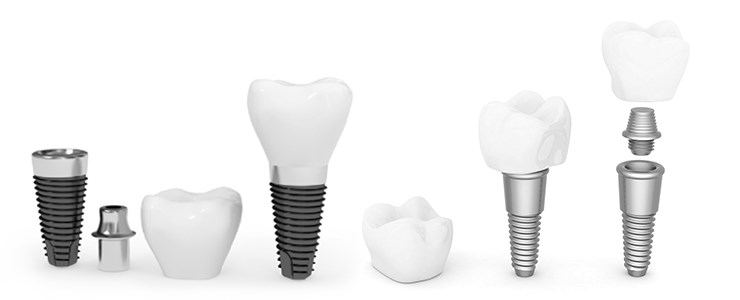
Orthodontics is a branch of treatment that deals with the diagnosis, prevention and correction of skeletal and dental problems in the head and neck area. During this treatment, many methods and materials can be used, from very simple tongue and palate exercises, porcelain wires and transparent plaques, skeletal support systems to lingual braces attached to the inside of the teeth. Although the materials and methods used in orthodontic treatment are constantly improving, the treatment principles do not change. As in all treatment branches, early diagnosis is the most important step for the prevention and correction of orthodontic disorders.
Is there an age for orthodontic treatment?
There is no age for the treatment of crooked teeth seen only. It is treated at all ages. However, the treatment of skeletal disorders, which we call front or back of the jaws, should be done before the age of 12.
It is a branch of dentistry that deals with the treatment of root canals in teeth. Under the enamel and dentin layers of the tooth, there is a section called "pulp" where the vessels and nerves that provide the vitality of the tooth are located. This section, called the "pulp chamber" in the crown of the tooth, extends to the end of the tooth roots. In case the pulp is inflamed for any reason, the nerve of the tooth should be removed, the canals should be sterilized and then filled. Root canal treatment is applied in one session for living teeth, and generally in two sessions for teeth that have lost their vitality.
Dental stones, which have become the fearful dream of many people today, can be removed with treatment and care by specialist physicians. It is possible to solve the problem of tartar with correct information and regular checks..
Why Does Dental Calculus Occur?
Tartar is formed by the hardening of the bacterial plaque accumulated on the teeth with saliva minerals. If tartar is not cleaned, it causes gingivitis. The first sign of gingivitis is bleeding gums. One of the most important causes of bad breath is this inflammation and bleeding.
What Happens If Tartar Is Not Cleaned
If the tartar is not cleaned regularly, it continues to move into the gum and starts to damage the tissues supporting the tooth more. In this case, gingivitis begins to progress towards the root of the tooth. While the healthy gum tissue remains attached to the tooth, the tartar that accumulates on the root surface begins to separate the gum from the tooth and cavities that we call pockets form around the teeth. The depth of these spaces reaches 3-5 mm. Curettage is required to clean these areas. By applying local anesthesia, the inflamed gum tissue formed in the root surfaces and gingival pocket is cleaned and the gingiva is adhered to the root surface again.
A good and correct dental treatment is only possible with a correct diagnosis. The department, which includes diagnosis and diagnosis in dentistry, is called "oral diagnosis". and "the art of using scientific knowledge to identify all problems inside and outside the mouth and to distinguish between them".
Oral diagnosis is very important not only for dentistry but also for systemic diseases; such that some findings inside and outside the mouth may be the harbinger of some systemic diseases.
Implants; It is made by opening slots in a suitable position, diameter and length for the implant planned to be made in the jawbone with a surgical procedure. Since implant placement is a surgical procedure, the quality of the materials used, the sterilization and hygiene conditions of the environment are the most important criteria.
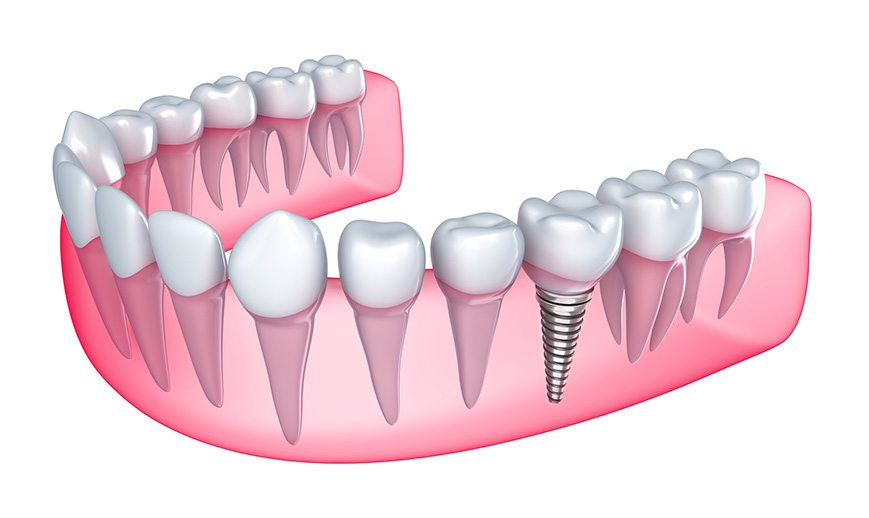
It is an aesthetic solution used for damaged teeth that negatively affect the appearance of the teeth. Laminated Tooth consists of a layer with light transmittance. It has the appearance and characteristics of other teeth with its closest structure to nature.
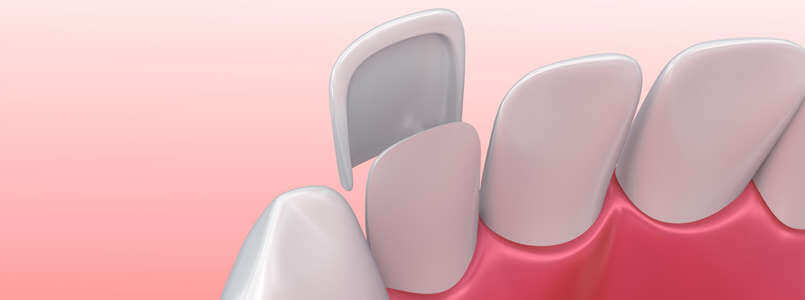
Zirconium, one of the important areas of aesthetic dentistry, is a white substance used instead of classical porcelain and bridges.
Dental veneers are procedures performed for aesthetic purposes in teeth with color problems that do not respond to the bleaching process, to protect, strengthen or correct the appearance of cracked or broken teeth. They are also called zirconium crowns because they settle on your teeth and cover all outer surfaces.
One of the most modern applications of aesthetic dentistry is metal-free Zircon veneers. These coatings, also known as Zircon, are formed by shaping blocks made of Zirconium Dioxide compound with CAD-CAM systems.
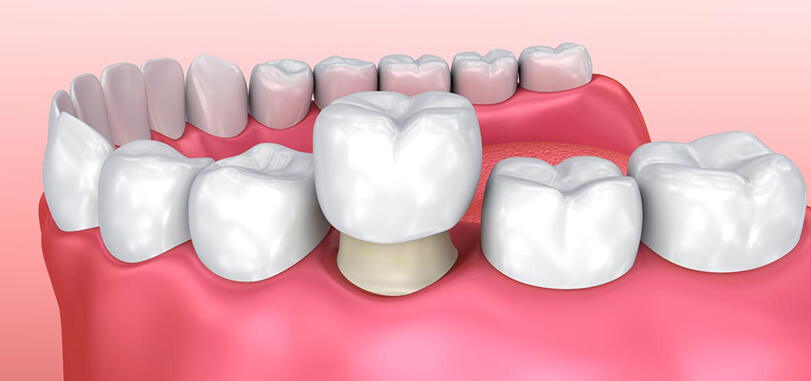
Panoramic x-ray is a preferred type of x-ray before treatment because it reveals all the discomfort in the teeth and jaw with a single film.
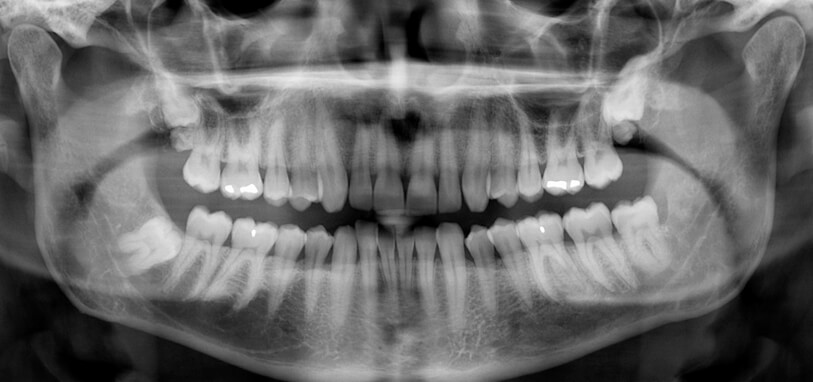
Smile design is to provide an ideal smile personalized by applying medicine and art together. The teeth are lined up in harmony with each other and the soft tissues surrounding them. The basic elements of a beautiful smile are teeth, so a thorough knowledge of tooth shapes and anatomical features is the basis of all treatments. In order to have more insight into what a well-designed smile should look like, the dentist must examine and evaluate the patient in great detail.
